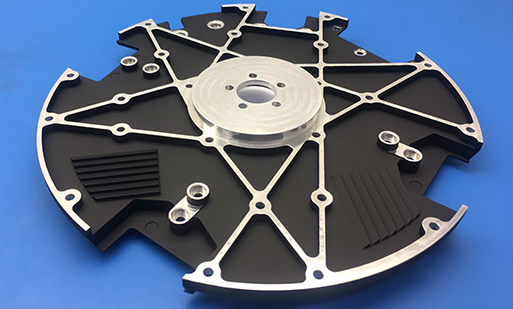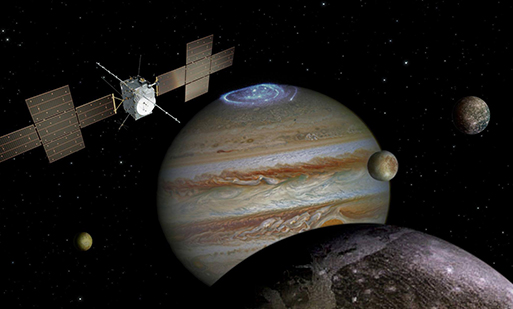SpaceTech Instrument Mechanisms
At SpaceTech, we design and manufacture mechanisms for satellites such as the Calibration Subsystem (CAS) for the UVNS instrument of Sentinel-5 (Copernicus) mission as well as ultra-fine refocus mechanisms.
SpaceTech instrument mechanisms – Projects & products

The Calibration Subsystem (CAS) project is part of the UVNS instrument of Sentinel-5 (Copernicus) mission. For in-orbit calibration purposes, CAS will provide calibration signals to the instrument spectrometers. The mission goal is to monitor earth climate by measurements of trace gas concentrations and aerosols in the atmosphere.
- Air quality measurements
- Stratospheric ozone monitoring
- Solar radiation measurements
- Climate monitoring
- S5-UVNS covers bandwidths in the Ultra-Violet (UV), Visible (VIS), Near Infrared (NIR) and Short Wave Infrared (SWIR) spectral ranges.
STI's development CAS for the Sentinel-5 (Copernicus) mission
Micos and SpaceTech are responsible for design, development, qualification, verification and delivery of the overall CAS. The work is related to development of optical, mechanical and mechanism sub-systems of CAS during phases B2, C, and D.

The RIME Antenna (Radar for Icy Moons Exploration), SpaceTech's contribution to the ESA JUICE (JUpiter ICy moons Explorer) mission, is an instrument which will investigate the geophysical structure of Jupiter's three largest icy moons – Europa, Ganymede and Callisto.
Goal of Jupiter's icy moons mission
It will begin its journey to Jupiter in 2022, arriving there in 2029. Scientific goal of this mission is to search for liquid water below the ice sheets which cover the surfaces of the moons. Liquid water is considered the basis of life in the universe. preservation of a spacecraft is the number one priority. Essential AOCS input needs to be provided by high reliable sensors.
Key characteristics of the SpaceTech JUICE RIME antenna
- Total mass of less than 7 kg for the whole antenna and less than 2 kg for the antenna booms made of ultra-light CFRP for a total deployed length of 16 meters, allowing savings in propellant on the long flight to Jupiter
- Release mechanism lightweight non-explosive actuators
- Integrated elastic hinge technology with multiple foldings (6 hinges) is used. When deployed these hinges ensure extreme high stiffness and alignment performance over the wide temperature range necessary to fly-by Venus and then operate in cryogenic cold environment in the backyard of the moons of Jupiter. The elastic hinge is achieved by cutting slots into the CFRP tube, resulting in an extremely light weight all CRFP hinge without any metallic bracket or blades.


